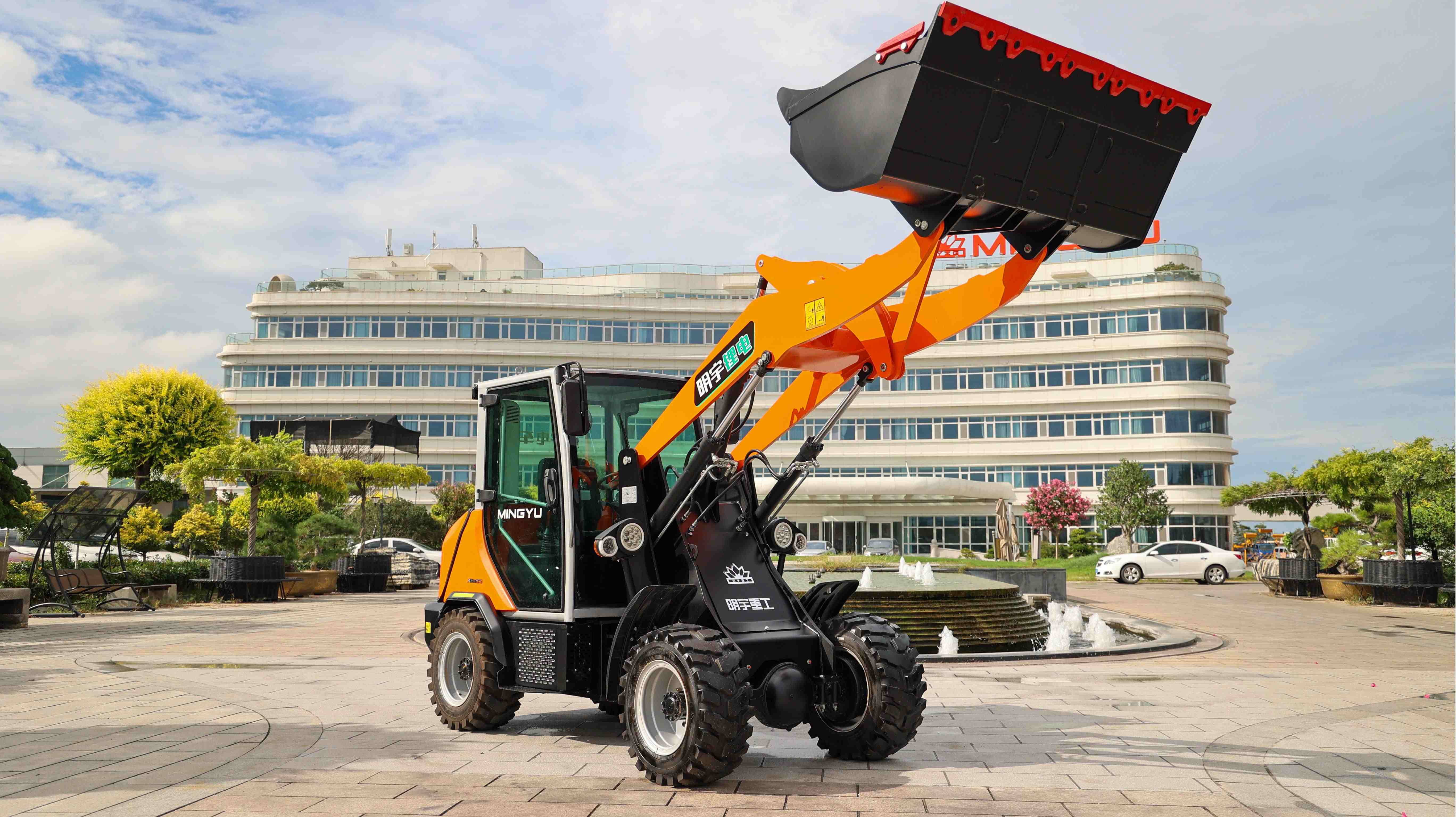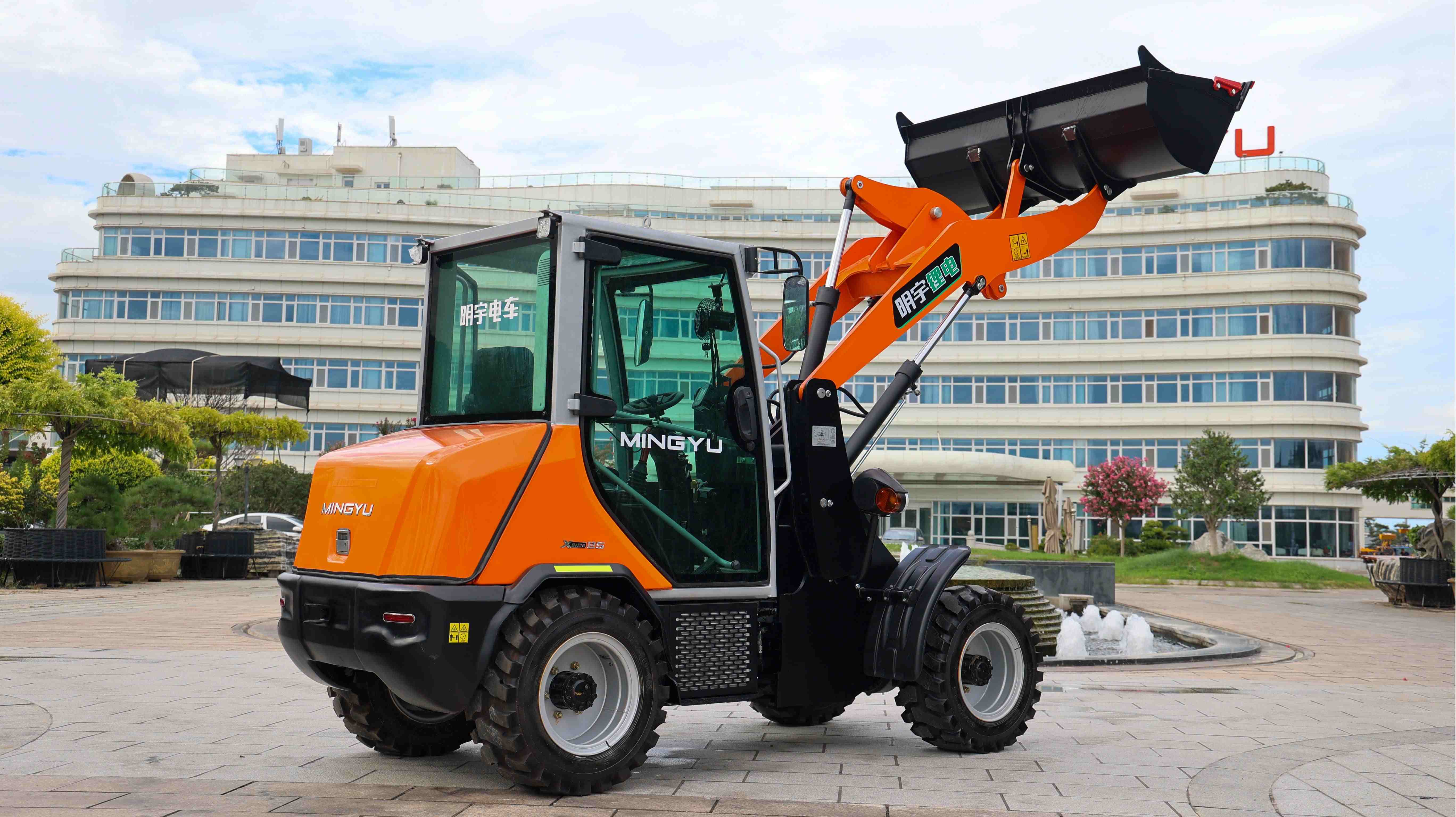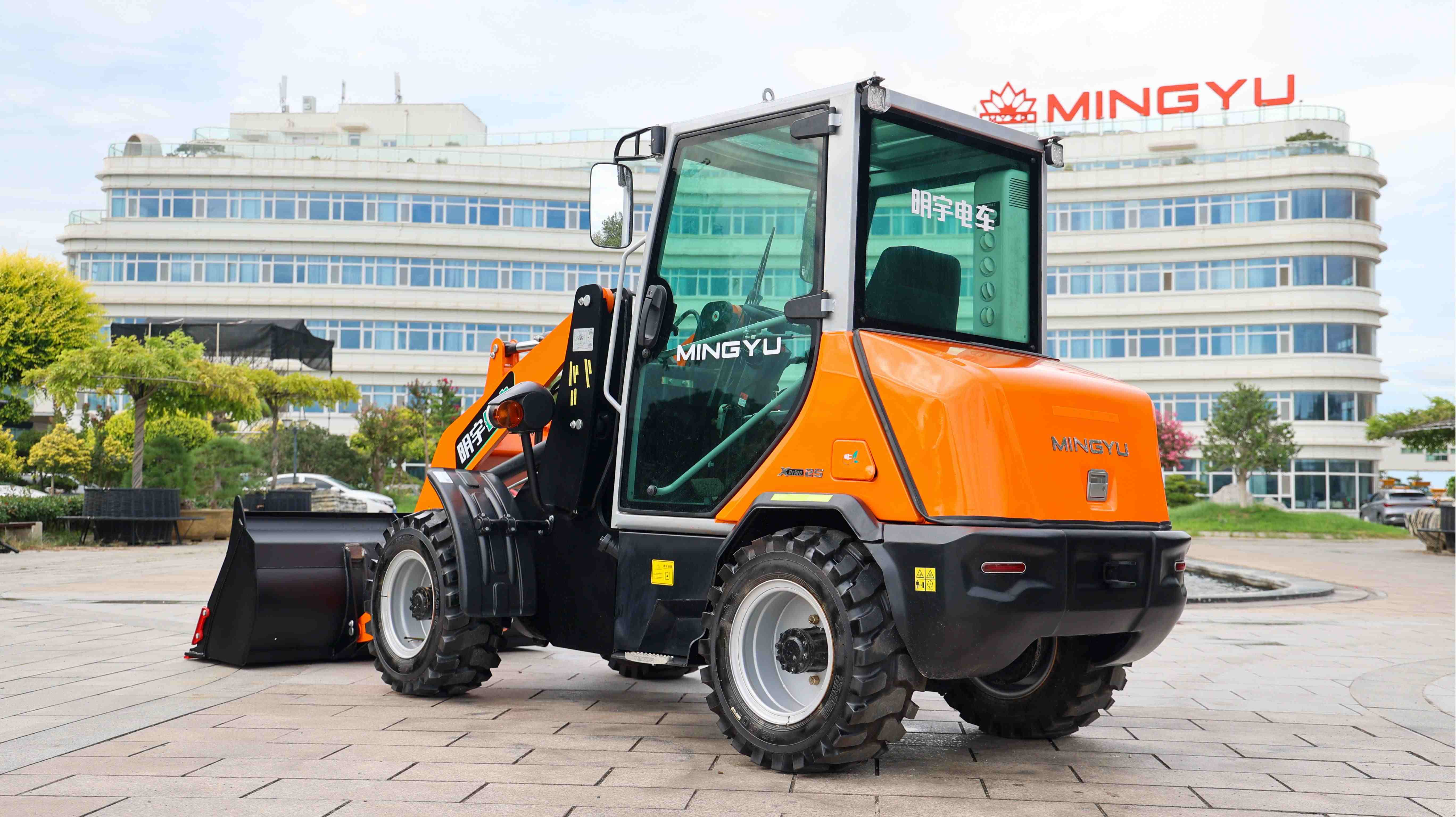Can Compact Loaders Lift Pallets?
1. Introduction Compact loaders, including skid-steer and compact track loaders, are versatile workhorses found on construction sites, farms, and warehouses. Known for their agility and ability to handle multiple attachments, these machines excel at digging, grading, and material handling. But can they effectively lift pallets? The answer is yes—with the right setup. While not traditional forklifts, compact loaders equipped with pallet forks can lift and transport palletized loads. However, their capabilities come with important limitations regarding weight capacity, lift height, and stability—factors that demand careful consideration to ensure safe operation. This guide explores: Load capacity ranges for different compact loader models Essential attachments for pallet handling Critical safety considerations (including OSHA compliance) Best practices for efficient and accident-free operation Whether you're moving materials on a job site or handling warehouse inventory, understanding these fundamentals will help you maximize your compact loader's potential while avoiding costly mistakes.
2. Compact Loader Capabilities for Pallet Handling Lift Capacity & Height Limitations Most compact loaders can lift between 800–3,000 lbs, with lift heights typically ranging from 8–12 feet. However, these specs vary by model: Skid-steer loaders: Often max out at 10–12 ft (e.g., Bobcat S650: 2,200 lbs to 10.5 ft). Compact track loaders: Better stability for heavier loads (e.g., CAT 259D: 2,500 lbs to 9.5 ft). Key Limitation: Unlike forklifts, loaders lack tilt control, making load positioning less precise. Attachment Options Dedicated Pallet Forks Frame-mounted forks offer better visibility and higher lift capacities. Bucket-mounted forks are cheaper but reduce capacity by ~30%. Forklift Attachments Some models support side-shift forks for alignment adjustments. Pro Tip: Opt for fork positioners to adjust width without leaving the cab.
3. Key Factors Affecting Pallet Lifting Performance A. Machine Specifications Hydraulic Flow (<14 GPM may slow lifting). Lift Arm Design: Vertical lift paths provide more reach than radial lifts. B. Load & Terrain Pallet Weight Distribution: Off-center loads increase tip-over risk. Surface Conditions: Tracks outperform tires on soft/muddy ground. Avoid slopes >10° when loaded. C. Operator Skill Slow movements prevent load swinging. Keep loads low during transport (OSHA requirement).
4. Safety Considerations & OSHA Guidelines Critical Risks Tip-overs: #1 cause of loader accidents. Crush Hazards: Limited rear visibility when reversing. OSHA Compliance Training: Operators must be certified per 29 CFR 1926.602. Load Limits: Never exceed the loader’s rated capacity. Inspections: Daily checks of forks, hydraulics, and tires/tracks. Case Study: A 2022 incident involving an overloaded skid-steer resulted in a fatal tip-over—underscoring the need for strict adherence to capacity limits.
5. Step-by-Step Guide to Safe Pallet Lifting Inspect forks for cracks and ensure proper width (adjust to pallet dimensions). Approach the pallet squarely, centering forks under the load. Lift Smoothly: Raise to clear the ground, then tilt slightly back. Transport: Keep forks ≤24 inches off the ground. Lowering: Ensure the area is clear before depositing the load. Never: Lift loads overhead without a cage. Turn abruptly on slopes.
6. Compact Loaders vs. Traditional Forklifts Feature Compact Loaders Forklifts Lift Height 8–12 ft 15–30 ft Maneuverability Excellent (zero-turn) Limited (wide turns) Attachments Multi-functional Fork-specific Stability Lower (narrower stance) Higher (counterweight) Best For: Loaders: Short-distance, multi-task environments. Forklifts: High-volume pallet stacking.
7. Real-World Applications Success Story A Wisconsin farm uses a John Deere 332G with forks to move feed pallets (1,800 lbs) daily—saving $15k/year vs. a forklift. Failure Example A warehouse worker attempting to lift a 3,000-lb load (beyond the machine’s rating) damaged the loader’s arms.
8. Maintenance Tips Lubricate fork channels weekly. Check Hydraulics: Look for leaks at cylinder seals. Tire/Track Pressure: Critical for stability. 9. Alternatives for Heavy-Duty Needs Telehandlers: For higher lifts (up to 40 ft). Walkie Stackers: Low-cost option for warehouses. 10. Conclusion Compact loaders can lift pallets effectively—if you: ✔ Use the right attachments ✔ Respect load limits ✔ Train operators thoroughly Final Tip: Consult your loader’s manual for model-specific capacities before any lift.
Post time:Aug.04.2025



